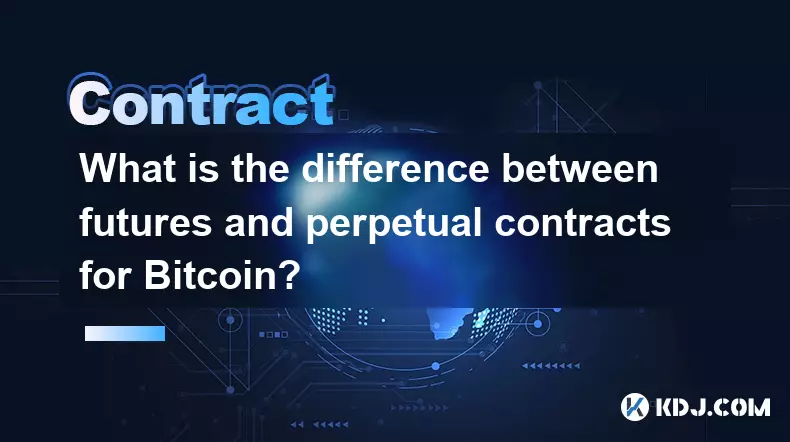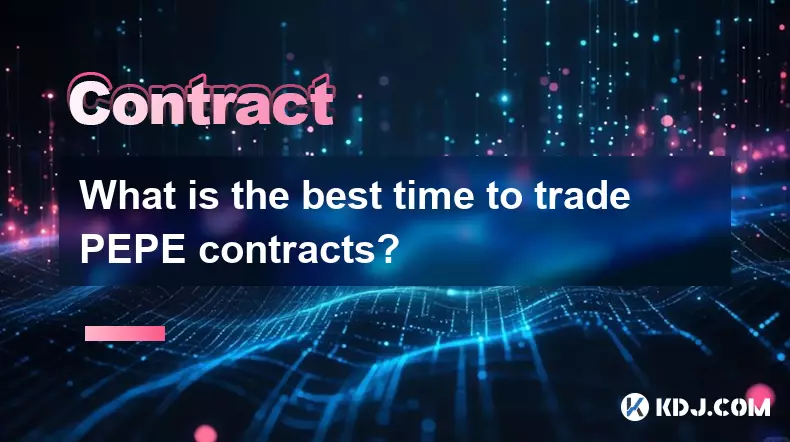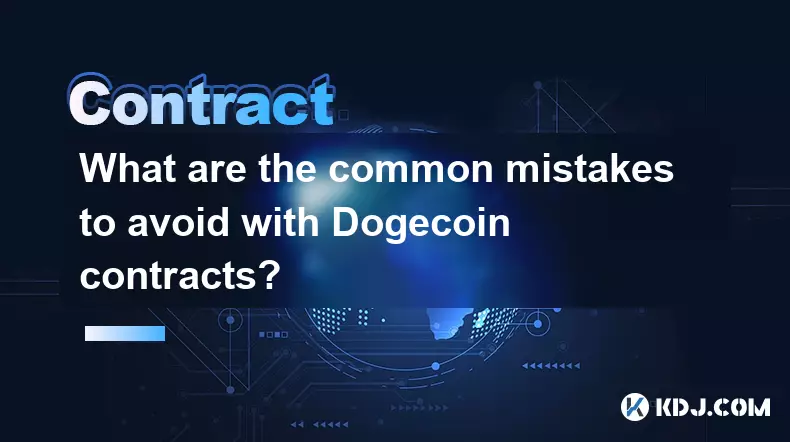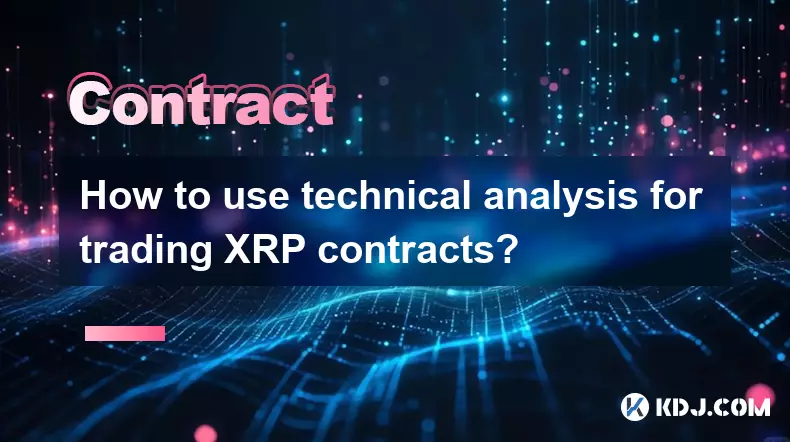-
 bitcoin
bitcoin $122025.899241 USD
-2.12% -
 ethereum
ethereum $4488.068729 USD
-4.11% -
 bnb
bnb $1315.348019 USD
8.65% -
 tether
tether $1.000457 USD
0.03% -
 xrp
xrp $2.875326 USD
-3.69% -
 solana
solana $222.043604 USD
-4.07% -
 usd-coin
usd-coin $0.999682 USD
0.00% -
 dogecoin
dogecoin $0.249887 USD
-5.62% -
 tron
tron $0.337379 USD
-2.59% -
 cardano
cardano $0.827763 USD
-5.06% -
 hyperliquid
hyperliquid $45.774531 USD
-2.43% -
 chainlink
chainlink $22.079309 USD
-5.87% -
 ethena-usde
ethena-usde $1.000156 USD
0.02% -
 sui
sui $3.482566 USD
-3.57% -
 stellar
stellar $0.386982 USD
-4.92%
How to operate eth contract
Creating and interacting with Ethereum contracts involves installing a Web3 provider (e.g., Metamask), writing Solidity code, deploying the contract to the blockchain, connecting to it via a Web3 interface, and testing its functionality thoroughly.
Nov 08, 2024 at 09:41 am

- Install a Web3 Provider:
- Metamask: It's a popular browser extension that allows you to interact with the Ethereum blockchain securely.
- Web3.js: A JavaScript library that provides an API for interacting with Ethereum nodes.
- Create an Ethereum Account:
- Join a cryptocurrency exchange such as Coinbase or Binance.
- Create a wallet to store your ETH and manage transactions.
- Get Familiar with Solidity:
- Solidity is the programming language used to write Ethereum contracts.
- Understand the concepts of contract structure, functions, variables, and events.
- Draft the Contract Code:
- Define the contract's functionality, including variables, functions, and event logs.
- Ensure the code follows Solidity syntax and best practices.
- Compile the Contract:
- Use the Solidity compiler to parse the code and generate bytecode.
- The bytecode serves as the machine code for the contract on the blockchain.
- Deploy the Contract:
- Send a transaction to the Ethereum network, along with the contract bytecode.
- The transaction includes information about the contract's creator, the recipient address, and the gas limit.
- Connect to the Contract:
- Use the Web3 provider to establish a connection to the deployed contract.
- Get the contract's Application Binary Interface (ABI), which describes its functions.
- Call Contract Functions:
- Invoke contract functions by sending transactions through the Web3 provider.
- Specify the function name, parameters (if any), and gas limit.
- Handle Contract Events:
- Listen for events emitted by the contract using the
onoroncemethods. - Monitor specific events to track changes or trigger corresponding actions.
- Listen for events emitted by the contract using the
- Debugging:
- Use tools like Remix IDE or Hardhat to debug contract code before deployment.
- Remove bugs and ensure the code matches the intended functionality.
- Testing:
- Write unit tests to verify the correctness and functionality of the contract.
- Test various scenarios and boundary conditions to identify potential issues.
- Deploying to Test Networks:
- Use test networks like Ropsten or Rinkeby to deploy contracts for testing without risking real funds.
- Contract Security:
- Implement security measures to prevent vulnerabilities and attacks, such as input validation and access control.
- Contract Management:
- Monitor the deployed contract for potential issues or malicious actions.
- Make updates or revisions as required, maintaining the contract's integrity and functionality.
- Blockchain Interaction:
- Use the contract to interact with other blockchain components, such as oracles or decentralized storage platforms.
- Study the Ethereum documentation for in-depth technical details.
- Refer to community resources and forums for support and guidance.
- Stay updated with the latest advancements in blockchain technology and best practices.
Disclaimer:info@kdj.com
The information provided is not trading advice. kdj.com does not assume any responsibility for any investments made based on the information provided in this article. Cryptocurrencies are highly volatile and it is highly recommended that you invest with caution after thorough research!
If you believe that the content used on this website infringes your copyright, please contact us immediately (info@kdj.com) and we will delete it promptly.
- BlockDAG, DOGE, HYPE Sponsorship: Crypto Trends Shaping 2025
- 2025-10-01 00:25:13
- Deutsche Börse and Circle: A StableCoin Adoption Powerhouse in Europe
- 2025-10-01 00:25:13
- BlockDAG's Presale Buzz: Is It the Crypto to Watch in October 2025?
- 2025-10-01 00:30:13
- Bitcoin, Crypto, and IQ: When Genius Meets Digital Gold?
- 2025-10-01 00:30:13
- Stablecoins, American Innovation, and Wallet Tokens: The Next Frontier
- 2025-10-01 00:35:12
- NBU, Coins, and Crypto in Ukraine: A New Yorker's Take
- 2025-10-01 00:45:14
Related knowledge

What is the difference between futures and perpetual contracts for Bitcoin?
Oct 02,2025 at 11:54pm
Understanding Bitcoin Futures Contracts1. Bitcoin futures are derivative instruments that allow traders to speculate on the future price of Bitcoin at...

What is the best time to trade PEPE contracts?
Oct 03,2025 at 11:54am
Understanding PEPE Contract Volatility1. PEPE contracts exhibit extreme price fluctuations due to their meme-based nature and low market cap. Trading ...

What are the common mistakes to avoid with Bitcoincoin contracts?
Oct 03,2025 at 08:54am
Emerging Trends in the Cryptocurrency Market1. Decentralized finance (DeFi) platforms continue to expand their influence across the blockchain ecosyst...

What is the maintenance margin for Bitcoin contracts?
Oct 02,2025 at 01:36am
Decentralized Exchanges Gain Momentum in 20241. Decentralized exchanges (DEXs) have seen a significant rise in trading volume, surpassing centralized ...

How to use technical analysis for trading XRP contracts?
Oct 03,2025 at 01:18pm
Understanding Price Patterns in XRP Futures1. Identifying chart patterns such as triangles, head and shoulders, and double tops or bottoms can provide...

What does "longing" PEPE contracts mean?
Oct 03,2025 at 11:54pm
Understanding Decentralized Exchanges in the Crypto Ecosystem1. Decentralized exchanges (DEXs) operate without a central authority, allowing users to ...

What is the difference between futures and perpetual contracts for Bitcoin?
Oct 02,2025 at 11:54pm
Understanding Bitcoin Futures Contracts1. Bitcoin futures are derivative instruments that allow traders to speculate on the future price of Bitcoin at...

What is the best time to trade PEPE contracts?
Oct 03,2025 at 11:54am
Understanding PEPE Contract Volatility1. PEPE contracts exhibit extreme price fluctuations due to their meme-based nature and low market cap. Trading ...

What are the common mistakes to avoid with Bitcoincoin contracts?
Oct 03,2025 at 08:54am
Emerging Trends in the Cryptocurrency Market1. Decentralized finance (DeFi) platforms continue to expand their influence across the blockchain ecosyst...

What is the maintenance margin for Bitcoin contracts?
Oct 02,2025 at 01:36am
Decentralized Exchanges Gain Momentum in 20241. Decentralized exchanges (DEXs) have seen a significant rise in trading volume, surpassing centralized ...

How to use technical analysis for trading XRP contracts?
Oct 03,2025 at 01:18pm
Understanding Price Patterns in XRP Futures1. Identifying chart patterns such as triangles, head and shoulders, and double tops or bottoms can provide...

What does "longing" PEPE contracts mean?
Oct 03,2025 at 11:54pm
Understanding Decentralized Exchanges in the Crypto Ecosystem1. Decentralized exchanges (DEXs) operate without a central authority, allowing users to ...
See all articles










































































